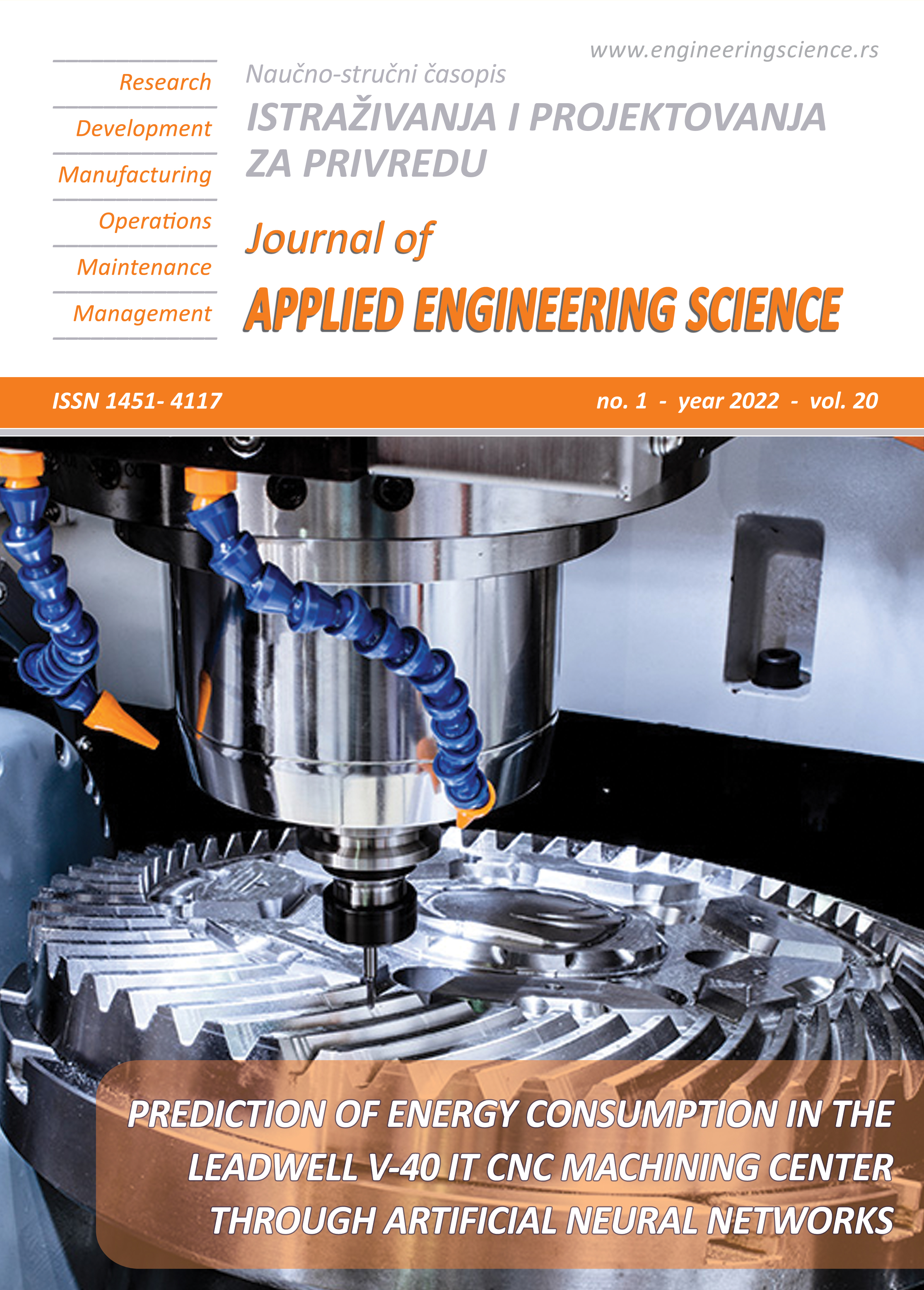STRENGTH DEVELOPMENT OF PLAIN CONCRETE SLABS BY THE SUSTAINABILITY POTENTIAL OF LEAD-LOADED RICE HUSK (LLRH)
Abstract
The production of environmentally friendly, sustainable plain concrete slabs is an essential requirement in this work. It is interesting to note that the ions of lead of wastewater loaded into rice husks can be used as an additive for plain concrete slabs to improve the flexural strength, as well as the workability of plain concrete slabs (or walls), which are produced by using Lead-loaded rice husk material as an additive substance in protective shields for the establishment of hospital radiology rooms. The results show that flexural strength for plain concrete slabs begins with a relative increase until it reaches breakdown. The results at age of 28 days also show that by increasing the proportion of Lead-loaded rice husk added to plain concrete slabs, the flexural strength gradually increases until it reaches one-third of the value of reference plain concrete slabs at a specific ratio, then decreases sharply until the slabs fail. These results provide a novel approach to managing toxic waste and propose an easy, simple, effective, economical, and environmentally friendly way to get rid of more than one type of waste and reach the concept of zero residue level.
References
References
Akhtar, A., & Sarmah, A. K. (2018). Novel biochar-concrete composites: Manufacturing, characterization and evaluation of the mechanical properties. Science of the total environment, 616, 408-416, DOI: 10.1016/j.scitotenv.2017.10.319.
Khalil, A. A., Tawfik, A., Hegazy, A. A., & El-Shahat, M. F. (2014). Effect of some waste additives on the physical and mechanical properties of gypsum plaster composites. Construction and building materials, 68, 580-586, , DOI: 10.1016/j.conbuildmat.2014.06.081.
Nagrockienė, D., Girskas, G., & Skripkiūnas, G. (2017). Properties of concrete modified with mineral additives. Construction and Building Materials, 135, 37-42. , DOI: 10.1016/j.conbuildmat.2016.12.215.
Le, H. T., & Ludwig, H. M. (2016). Effect of Rice Husk ash and other mineral admixtures on properties of self-compacting high performance concrete. Materials & Design, 89, 156-166, DOI:, 10.1016/j.matdes.2015.09.120.
Bheel, N., Abro, A. W., Shar, I. A., Dayo, A. A., Shaikh, S., & Shaikh, Z. H. (2019). Use of rice husk ash as cementitious material in concrete. Engineering, Technology & Applied Science Research, vol. 9, no. 3, 4209-4212, DOI: 10.48084/etasr.2746.
Bheel, N., Kumar, A., Shahzaib, J., Ali, Z., & Ali, M. (2021). An investigation on fresh and hardened properties of concrete blended with rice husk ash as cementitious ingredient and coal bottom ash as sand replacement material. Silicon, 1-12, DOI: 10.1007/s12633-020-00906-3
Bheel, N., Jokhio, M. A., Abbasi, J. A., Lashari, H. B., Qureshi, M. I., & Qureshi, A. S. (2020). Rice husk ash and fly ash effects on the mechanical properties of concrete. Engineering, Technology & Applied Science Research, vol. 10, no. 2, 5402-5405, DOI: 10.48084/etasr.3363.
Iraqi Standard Specification No-5 (2019). Portland cement, Central Agency for Standardization and Quality Control. Baghdad.
Iraqi Standard Specification No-45 (1984) Natural Aggregate Resources used in Concrete and Construction, Central Agency for Standardization and Quality Control. Baghdad.
Abbas, M. N., & Abbas, F. S. (2013). Iraqi Rice Husk potency to eliminate toxic metals from aqueous solutions and utilization from process residues. Advances in Environmental Biology, 7(2), 308-319.
BS 1881: Part 113: 2011, Method for making and curing No-fines test cubes.
ASTM C496 / C496M-17 (2017). Standard Test Method for Splitting Tensile Strength of Cylindrical Concrete Specimens, ASTM International, West Conshohocken, PA, www.astm.org.
BS EN 12350-2:2019, (2019). Testing fresh concrete. Slump test.
BS EN 12390-3:2019, (2019). Testing hardened concrete. Compressive strength of test specimens.
ASTM C138 / C138M-17a (2017). Standard Test Method for Density (Unit Weight), Yield, and Air Content (Gravimetric) of Concrete, ASTM International, West Conshohocken, PA, www.astm.org.
ASTM C567 / C567M-19 (2019(. Standard Test Method for Determining Density of Structural Lightweight Concrete, ASTM International, West Conshohocken, PA, www.astm.org.
ASTM C293 / C293M-16, (2016). Standard Test Method for Flexural Strength of Concrete (Using Simple Beam With Center-Point Loading), ASTM International, West Conshohocken, PA, www.astm.org.
Bheel, N., Meghwar, S. L., Abbasi, S. A., Marwari, L. C., Mugeri, J. A., & Abbasi, R. A. (2018). Effect of rice husk ash and water-cement ratio on strength of concrete. Civil Engineering Journal, vol. 4, no. 10, 2373-2382, DOI: 10.28991/cej-03091166.
Geiker, M., Thaulow, N., & Andersen, P. J. (1991). Assessment of rapid chloride permeability test of concrete with and without mineral admixtures. durability of building materials and components. proceedings of the fifth international conference held in brighton, november 7-9, 1990. publication of: e and f spon limited.

